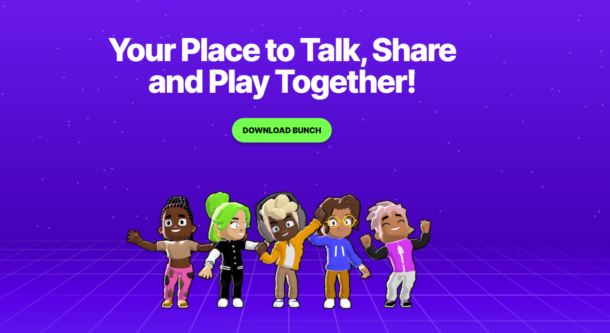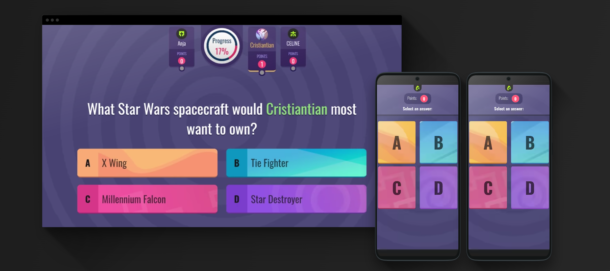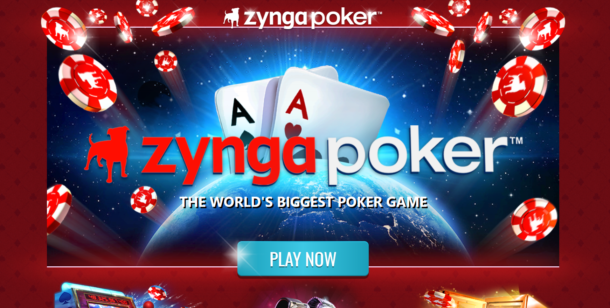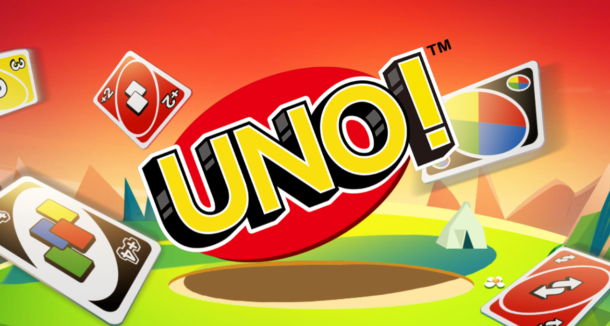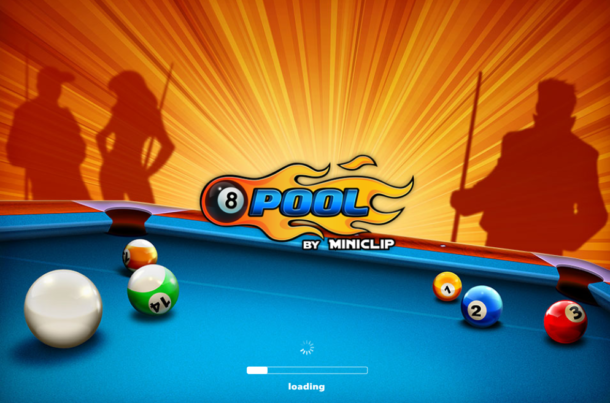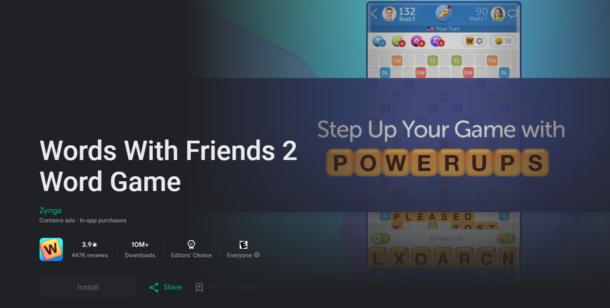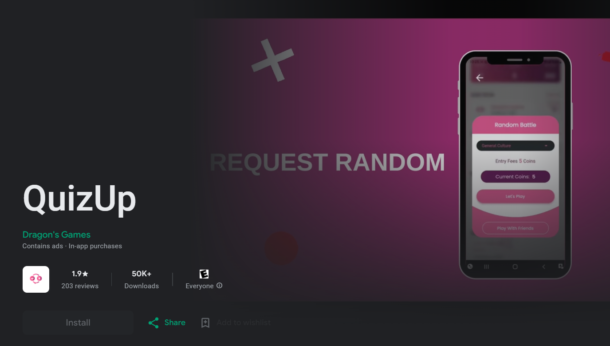Featured
Why Rewards Are Important In Online Casino Game Design
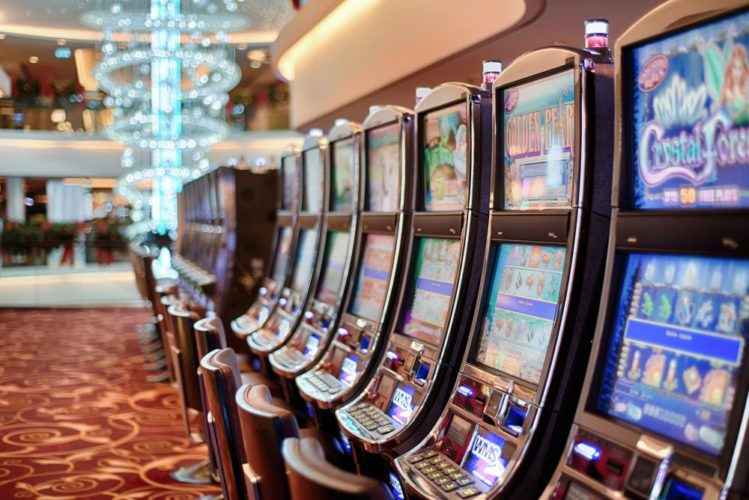
People like to be rewarded for their efforts. We like to win things. We like to get lucky, but we also like seeing some tangible acknowledgement of the fact that we’ve worked hard or done something exceptional even more.
There’s a scientific reason for this. We’re literally programmed to respond well to rewards, as when we get a reward or acknowledgement or praise then our brain releases a pleasure-giving chemical called dopamine into our nervous system. This then motivates us to continue working in the same vein.
Online game designers realize this, and so create experiences that trigger both dopamine (satisfaction) and adrenaline (excitement), which together are what make the best games feel almost addictive.
Online Casino Points and prizes
There are different types of rewards that you can win in a game. The most obvious are points. Meaningless in themselves, points are the whole, well, point of many video games as you seek to beat your previous score or to exceed a record high score on the leaderboard.
Another type of reward is the kind that helps you to get to the next level of a game or assists your efforts in some other way. An example would be when an action unlocks a new vehicle or a secret doorway, or gets you upgraded weapons or armor. Even in-game rewards that don’t actually help you to win, like a more stylish set of clothes for your character, can make you feel good and more importantly will encourage you to keep playing.
A third kind of reward, and perhaps the best kind in terms of motivating players and creating excitement, is a cash prize. At sites like the Sugarhouse online casino, players can enjoy online versions of traditional casino games like blackjack, roulette, slots and video poker, with the promise of real-world money rewards to encourage them to keep playing.
Keeping the balance
Rewards should be given sparingly, but frequently enough so that players don’t start to feel discouraged or bored. Remember, they’re playing for fun. If it seems like a game is too difficult, or that all of their efforts aren’t getting them anywhere, then they’ll stop playing and will go in search of another activity that gives them the pleasure they’re craving.
Sometimes all it takes is a few flashing lights, klaxons and cheers to encourage a player to keep going. However, if rewards are too easy to come by or too frequent, they become less meaningful, and the dopamine hits are weaker. That’s why a game has to be designed in such a way that effort and reward are evenly balanced.
Go with the flow
In psychology terms, this relates to the concept of flow. Studies in the 1970s found that if a task is too hard and people don’t have the necessary level of skill to accomplish it, they become anxious. But if the task is too easy and they are over-qualified skills-wise, they become bored. When the difficulty of the task and the level of skill of the person are in proportion however, they enter what is called a flow state.
Qualities associated with flow include intense focus, a sense of being actively in control, and a loss of self-awareness as the person completely identifies with the task at hand. They also typically lose all sense of time. Gamers might describe this as being “in the zone” when they can play for hours and it seems like minutes. They don’t get tired or distracted, and seem to be playing exceptionally well, with split-second timing. Indeed, it feels as if nothing can go wrong. Martial arts practitioners and extreme sports enthusiasts will also know this feeling and will doubtless have their own term for it.
Making it work
The optimum conditions for achieving flow generally involve having clear goals and rules, and a direct relationship between achievable actions and rewards. Those rewards should include immediate feedback on performance and accomplishment. Finally, distraction should be minimized in order to aid concentration.
If a game is too confusing, then players may get distracted or give up. The game design should be intuitive, with all elements geared towards encouraging the player in the right direction. It should be clear what they need to achieve and what they should do next. Of course, there is room for mystery and puzzles, and not everything needs to be revealed at once. But a player should at least have some idea of what their next step should be, and why they should take it.
By following these psychological principles, game designers can use rewards and other elements to provide a satisfying experience that players will keep returning to. The relationship between action and reward is at the heart of gameplay, and modern technology shouldn’t cause us to lose sight of this.
Featured
Top 15 Apps like GamePigeon for Android, Iphone and PC
In the dynamic world of mobile gaming, multiplayer apps have gained immense popularity, connecting friends and players globally. GamePigeon, a widely acclaimed multiplayer gaming platform, has set a benchmark for interactive gaming experiences. As the demand for such apps continues to grow, enthusiasts are constantly on the lookout for alternatives that offer unique features and engaging gameplay.
In this article, we delve into the top 15 apps like GamePigeon for Android, iPhone, and PC, exploring their features, compatibility, and user reviews.
Explanation Of GamePigeon
GamePigeon, initially introduced as an iMessage extension for iOS devices, has gained widespread recognition for its diverse range of multiplayer games. From classic board games like Chess and Checkers to modern hits like 8-Ball Pool and Cup Pong, GamePigeon provides a one-stop-shop for social gaming within the iMessage app. Its simplicity and seamless integration have made it a favorite among users, fostering a vibrant gaming community.
Growing Popularity Of Multiplayer Gaming Apps In Recent Time
The surge in popularity of multiplayer gaming apps can be attributed to the desire for real-time interactions and shared experiences among players. With the advent of high-speed internet and advanced mobile devices, gaming has transcended traditional boundaries. The ability to connect with friends or opponents across the globe in a virtual gaming environment has become a major driving force behind the success of multiplayer gaming apps.
Top 15 Apps Like GamePigeon
1. Game XYZ

Brief Overview: Game XYZ offers a diverse collection of multiplayer games, ranging from strategy to action, providing an engaging platform for players of all interests.
Key Features: Real-time chat, customizable avatars, and a leaderboard system for friendly competition.
Compatibility: Available on Android, iPhone, and PC.
User Rating: 4.7/5
2. MultiPlay Master
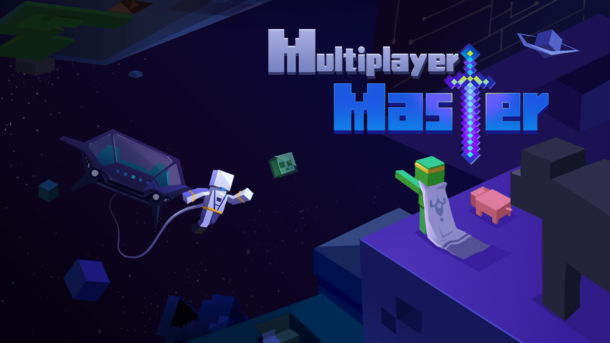
Brief Overview: MultiPlay Master specializes in classic card games and board games, ensuring a nostalgic yet innovative gaming experience.
Key Features: Intuitive controls, multiplayer tournaments, and regular updates with new game additions.
Compatibility: Android and iPhone.
User Rating: 4.5/5
Also Read: How to Get MC Command Center Mod: Sims 4
3. Brunch
Brief Overview: Brunch is a versatile gaming platform that brings together a collection of multiplayer games for social interaction. Its intuitive interface and wide range of games make it an appealing choice for users seeking variety.
Key Features: Diverse game selection, user-friendly interface, real-time multiplayer, and in-game chat.
Compatibility: Available on Android and iOS devices.
User Rating: 4.5/5
4. Houseparty
Brief Overview: Houseparty is not just a gaming app; it’s a social platform where users can play games, video chat, and connect with friends. Its emphasis on real-time interaction makes it an engaging alternative to GamePigeon.
Key Features: Group video chat, interactive games, social integration, and cross-platform support.
Compatibility: Android, iOS, and PC.
User Rating: 4.3/5
5. AirConsole
Brief Overview: AirConsole transforms your smartphone into a game controller and your web browser into the gaming console. With a wide selection of multiplayer games, it offers a unique gaming experience.
Key Features: Browser-based gaming, smartphone as a controller, diverse game library, and real-time multiplayer.
Compatibility: Android, iOS, and PC.
User Rating: 4.2/5
Also Read: Exploring the Edgy World of Sims 4 Strip Clubs
6. Zynga Poker:
Brief Overview: Zynga Poker is a must-have for poker enthusiasts. It provides a realistic poker experience with a large player base, tournaments, and a variety of game modes.
Key Features: Texas Hold’em poker, tournaments, social features, and in-game chat.
Compatibility: Android and iOS.
User Rating: 4.7/5
7. UNO!™
Brief Overview: UNO!™ brings the classic card game to your digital devices, allowing you to play with friends or random opponents. The app adds a modern twist to the timeless UNO experience.
Key Features: Classic UNO gameplay, multiplayer options, tournaments, and customization.
Compatibility: Android and iOS.
User Rating: 4.6/5
Also Read: Top 30+ WTF Unblocked Games: Free Online Games
8. Ball Pool
Brief Overview: For fans of pool, 8 Ball Pool is an immersive and realistic gaming experience. Compete with friends or players worldwide in thrilling 1v1 matches.
Key Features: Realistic pool physics, multiplayer mode, tournaments, and in-game chat.
Compatibility: Android and iOS.
User Rating: 4.8/5
9. Words with Friends 2
Brief Overview: A sequel to the immensely popular Words with Friends, this app combines the love for word games with social connectivity, offering an engaging Scrabble-like experience.
Key Features: Word-building gameplay, solo and multiplayer modes, daily challenges, and social features.
Compatibility: Android and iOS.
User Rating: 4.4/5
Also Read: Sims 4 Cheat Mods: Complete List of All Cheats Codes
10. QuizUp
Brief Overview: QuizUp is a trivia lover’s paradise, offering a vast array of topics to challenge friends or strangers in real-time trivia matches. It’s an excellent app for those seeking mental stimulation.
Key Features: Wide range of trivia categories, real-time matches, global leaderboards, and social integration.
Compatibility: Android and iOS.
User Rating: 4.5/5
11. Psych! Outwit Your Friends
Brief Overview: Created by the makers of Heads Up!, Psych! is a hilarious party game that challenges players to come up with the most creative responses to amusing prompts.
Key Features: Wacky challenges, creative responses, group play, and humor-driven gameplay.
Compatibility: Android and iOS.
User Rating: 4.3/5
12. Draw Something Classic
Brief Overview: Draw Something Classic is a delightful drawing and guessing game that fosters creativity and laughter. It’s a fantastic option for those who enjoy Pictionary-style gameplay.
Key Features: Drawing and guessing, turn-based gameplay, social integration, and colorful visuals.
Compatibility: Android and iOS.
User Rating: 4.6/5
Also Read: How to Get a Birthday Cake in Sims 4 [Complete Guide]
13. Spaceteam
Brief Overview: Spaceteam takes multiplayer gaming to a whole new level by requiring players to work together as a team to operate a spaceship. Communication and chaos ensue in this fast-paced experience.
Key Features: Cooperative gameplay, unique challenges, real-time communication, and cross-platform compatibility.
Compatibility: Android, iOS, and PC.
User Rating: 4.4/5
14. Evil Apples
Brief Overview: Evil Apples is a cheeky and humorous card game that draws inspiration from the infamous Cards Against Humanity. It’s a great choice for those who enjoy irreverent and adult-themed humor.
Key Features: Card-based gameplay, adult humor, multiplayer mode, and social features.
Compatibility: Android and iOS.
User Rating: 4.2/5
15. Game of Games the Game:
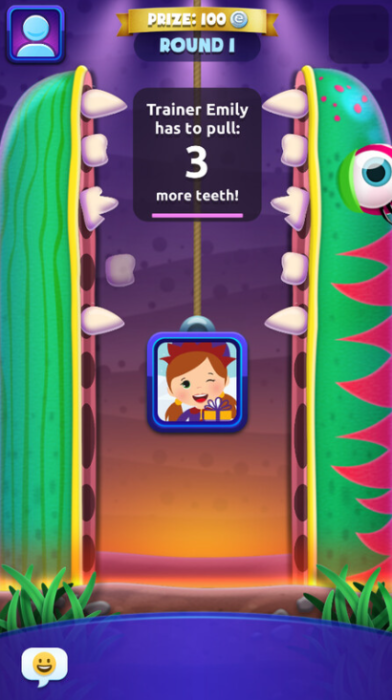
Brief Overview: Based on Ellen DeGeneres’ popular TV show, Game of Games the Game brings the same quirky and entertaining challenges to your mobile devices. It’s a fun-filled experience for fans of the show.
Key Features: TV show-inspired challenges, multiplayer mode, diverse mini-games, and humorous commentary.
Compatibility: Android and iOS.
User Rating: 4.1/5
Also Read: An Ultimate Guide On How To Drop Items In Elden Ring
Conclusion
In conclusion, the world of multiplayer gaming apps continues to expand, offering a plethora of alternatives to GamePigeon. Each app brings its unique flavor to the gaming table, catering to diverse preferences and interests. Whether you’re an Android, iPhone, or PC user, there’s a multiplayer gaming app waiting to be explored. As technology advances, we can expect even more innovative and immersive gaming experiences to emerge, further enriching the world of mobile multiplayer gaming.
Featured
Why was Michael Schumacher so good at Formula 1?

The extraordinary Michael Schumacher retired from Formula 1 back in 2012. Make now an online bet on sport – 1xBet also has all Formula 1 events too. However, even after all those years, fans still wonder how it was possible for him to be so good on the track. Let’s find out.
In 1st place we have talent. Schumacher had this incredible gift for driving. Picture him on the track. Here he was capable of doing 3 great things:
- handling his car beautifully;
- pushing it to its edge;
- and almost dancing with it on every tour.
It was like watching an artist at work, but on a racetrack. At 1xBet you can make online bets on sports, and Formula 1 is available too.
A lot of hard work
In 2nd place, we should say that Schumacher was the definition of hard work. He was dedicated to 3 big things: dedication to fitness, mental prep, and getting every detail just right. He treated every race like a mission, leaving no room for shortcuts. If you love Formula 1 you can go to 1xbet.pk/line – check sports betting on line and other great motorsports too.
A 3rd thing to mention is that Schumacher wasn’t just a driver; he was a technical genius. His understanding of how those Formula 1 machines worked was next-level. He’d dive deep into the nitty-gritty with the engineers, tweaking and fine-tuning the car to perfection. It was like he and the car spoke the same language. You can check on line sports betting at 1xBet if you want to wager on other extraordinary drivers too.
A consistent strategist
In 4th place, we may say that when the lights went out, Schumacher was cool as ice. Whether it was pouring rain or scorching sun, he had this uncanny ability to do 3 things: stay calm, make split-second decisions, and outsmart everyone else on the track. Currently you can get 1x app, where you can make Formula 1 wagers from your phone too.
A 5th factor to mention is that Schumacher wasn’t a 1-hit wonder. He was a maestro over the long haul. Year after year, he brought his A-game. And it wasn’t just about winning; it was about staying at the top.
A 6th aspect to mention is that, in the Ferrari days, which lasted between 1996 and 2006, Schumacher wasn’t just a driver; he was a leader. He brought the team together, motivated them like a coach in a locker room pep talk. The guy knew how to make everyone around him perform at their best. If you like Ferrari, you can get the 1x Bet app if you want to wager on their races too.
Records are the 7th factor, which Schumacher constantly shattered. In total he won 7 World Championships, 91 Grand Prix victories, 68 pole positions and 155 podiums. Thanks to all of this, his name is etched in the F1 history books.
Featured
Pome Rumble: A Puzzle RPG Adventure on an Enchanting Alien Planet!
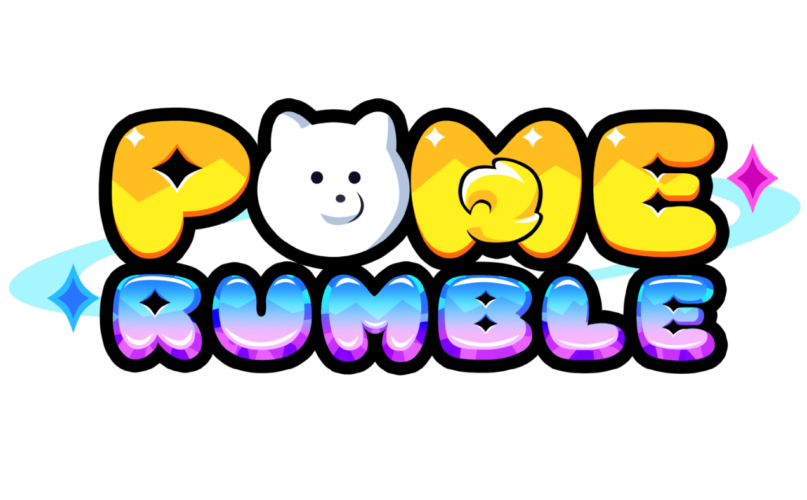
A new star is on the horizon in the captivating gaming realm – Pome Rumble, an innovative Puzzle RPG game that promises players an otherworldly adventure. Explore an enchanting alien planet with Pome and his companions as you immerse yourself in the captivating narrative. This game will captivate you with its stunning landscapes and thrilling challenges.
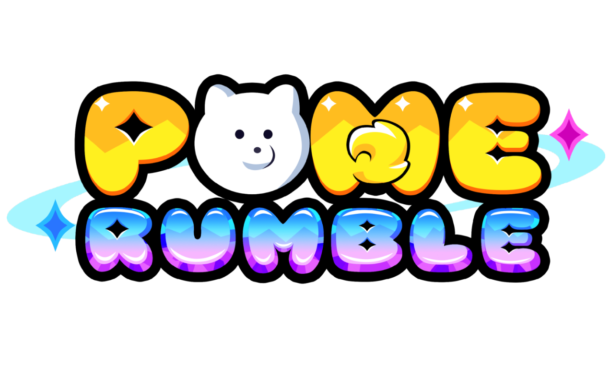
A Thrilling Arrival on Uncharted Terrain
The journey begins with Pome and his friends finding themselves in an unexpected predicament – an emergency landing on an entirely alien planet. Stranded and far from home, they quickly realize they are not alone in this unfamiliar region. The native inhabitants, known as Ketsians, have been displaced due to feral creatures roaming the planet.
A Call to Aid the Displaced Ketsians
Pome and his friends set out on a mission to help the displaced Ketsians reclaim their rightful place on the planet. The bond between these interstellar companions grows stronger as they face various challenges together. By overcoming these obstacles, they pave the way for the Ketsians to reclaim their homes and restore balance to their world.
Navigate Challenges and Gather Resources
As players progress through Pome Rumble, they will face a variety of challenges that will put their strategic skills to the test. These challenges are both a test of intelligence and a means of gathering valuable resources. The elusive Space Stone (SPS), a mysterious gem with unfathomable power, is one of the most sought-after resources. The Space Stone empowers Pomes and improves their abilities.
Top Notch Game Play
Initially, you’ll find chapters and a “Scout” button to commence. Once the game starts, you’ll confront the first wave. Your objective is to continue playing until you triumph. Following your victory, you’ll face the ultimate wave, often called the boss wave. Your task is to engage and emerge victorious in this final challenge.
Power of the Space Stone
At the heart of Pome Rumble lies the Space Stone – a focal point of intrigue and power. It acts as a conduit to enhance the capabilities of Pomes and their allies. Moreover, players can exchange the Space Stone for PMR, a utility token that opens the door to a realm of possibilities within the game.
Unleash Your Inner Strategist
Pome Rumble is not just about resource collection and empowerment. It’s also about strategic growth. Nurture your Pomes by equipping them with diverse skills that cater to different situations. By honing these abilities, you can significantly impact the outcome of battles and challenges that lie ahead. The evolution of your Pomes into formidable units is a testament to your strategic prowess.
Unlocking the World of NFTs
In the realm of Pome Rumble, growth has no bounds. As your Pomes flourish and reach their full potential, the possibility of transforming them into unique NFTs (Non-Fungible Tokens) emerges. These NFTs testify to your dedication and open doors to enhanced combat abilities and mining efficiency.
A Grand Narrative Rewritten by You
Every twist and turn in Pome Rumble is a chapter waiting to be written by you. The adventures you have, the challenges you overcome, and the bonds you form with Pomes and their allies help to shape the story into a grand saga. As you contribute to the story, you become a part of the enthralling world that Pome Rumble encapsulates.
An Odyssey Beyond the Stars
Pome Rumble shines as a luminary in the vast gaming galaxy that beckons players to embark on an odyssey beyond the stars. Crafted with care and attention to detail, this Puzzle RPG adventure allows you to weave your story amidst captivating landscapes and challenging trials. Join us on this celestial journey, where the beauty of an alien planet, the courage of companionship, and the mystique of the Space Stone await your exploration. Pome Rumble welcomes you to a realm where your choices shape destiny!
Pre-Register For Pome-Rumble Game!
Exciting news for you all! Prepare for a thrilling adventure with Pome Rumble – the ultimate Puzzle RPG Game! Embark on a grand adventure with cunning puzzles and enthralling conflicts set in an enchanting fantasy realm.
Join the pre-registration today to become a part of this exhilarating journey!
To express our gratitude, those who pre-register for the WEB3 version will be granted a substantial reward of 1,000 diamonds upon the game’s launch – an absolute assurance of a powerful advantage to ignite your expedition! And there’s even more to anticipate! As the combined pre-registration objective is achieved, we’re offering you the opportunity to secure remarkable prizes on a grand scale!
An exciting raffle will distribute a whopping $1,800 in PMR tokens or exclusive NFTs.
Take advantage of this incredible opportunity to dive into puzzles, strategies, and rewards. Be one of the first to experience Pome Rumble – Join the pre-registration and let the adventure begin!
Remember, when we thrive, you succeed!
-

 Guides4 years ago
Guides4 years ago6 Proven Ways to Get more Instagram Likes on your Business Account
-

 Mainstream9 years ago
Mainstream9 years agoBioWare: Mass Effect 4 to Benefit From Dropping Last-Gen, Will Not Share Template With Dragon Age: Inquisition
-
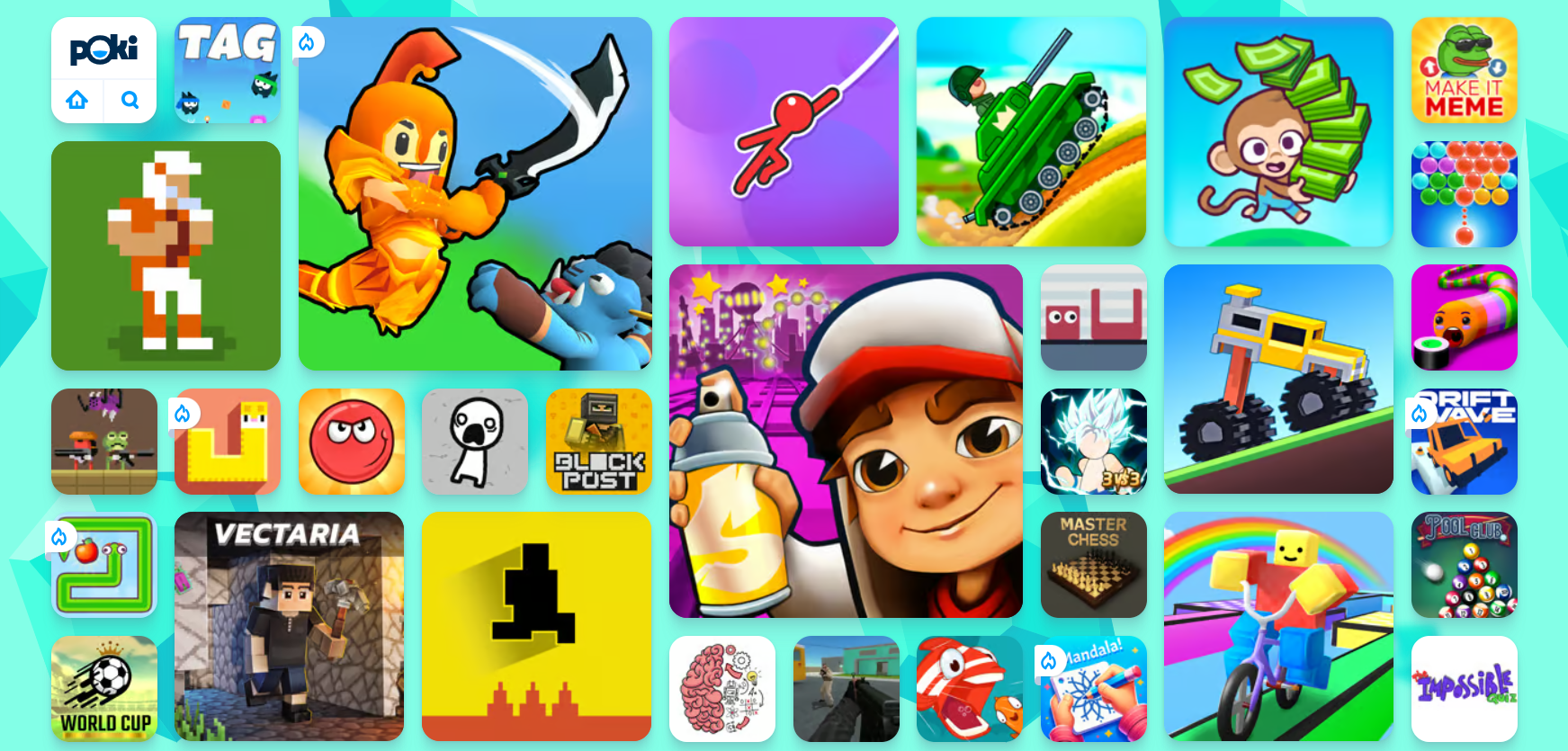
 Guides2 months ago
Guides2 months agoExplore 15 Most Popular Poki Games
-
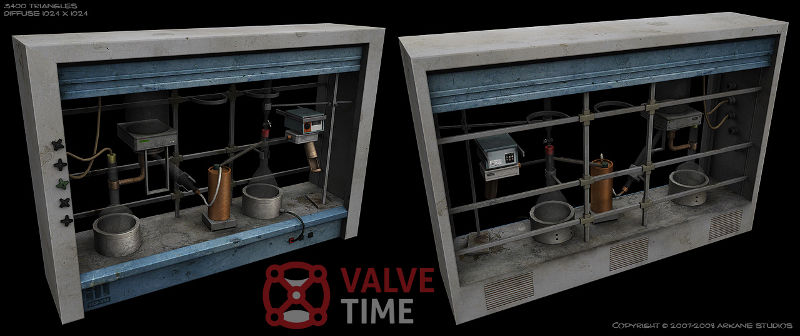
 Mainstream11 years ago
Mainstream11 years agoNew Assets Found for Half Life Episode 4
-
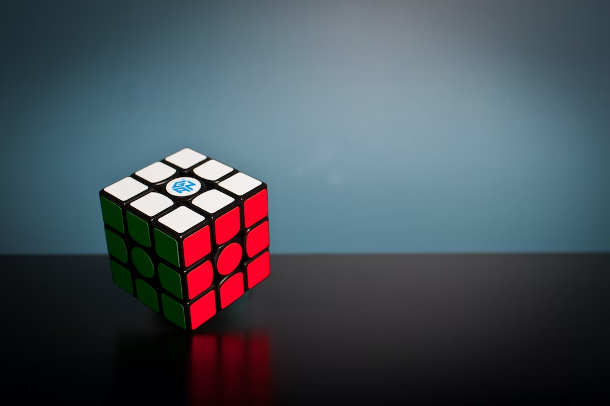
 Guides1 year ago
Guides1 year agoGan Rubik’s Cube vs. Traditional Rubik’s Cube: Key Differences and Advantages
-
Mainstream14 years ago
How to Fix Modern Warfare 2 Problems/Freezings
-

 Casual5 months ago
Casual5 months ago8 Ways to Fix Over-Extrusion and Under-Extrusion in 3D Printing
-
Guides15 years ago
Locked Room Escape Walkthrough


